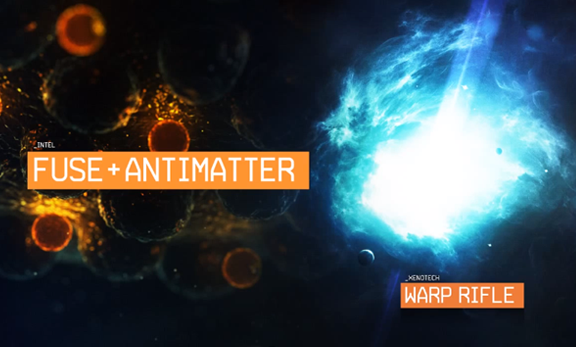

“We don’t call it a discovery yet,” says T2K team member Chang Kee Jung of Stony Brook University. Such a difference between a particle and its antimatter counterpart is termed CP violation, and it is a strong clue in the quest to understand how matter outran antimatter after the universe was born. The T2K researchers detected more oscillations in neutrinos than in antineutrinos, suggesting the two do not just act as mirror images of each other but, in fact, behave differently. The experiment observes neutrinos as they travel through 300 kilometers underground and change between three types, or flavors-a peculiar ability of neutrinos called oscillation. The recent announcement, which was made by scientists at the T2K (Tokai to Kamioka) experiment in Japan, offers hopeful signs for the leptogenesis concept.

When these particles inevitably broke down into smaller, more stable species, the thinking goes, they might have produced slightly more matter than antimatter by-products, leading to the arrangement we see today. According to this scenario, in addition to the regular neutrinos we know of, there are extremely heavy neutrinos that are so gargantuan that they could have been forged only from the tremendous energies and temperatures present just after the big bang, when the universe was very hot and dense. These particles are much, much lighter than quarks and pass through the cosmos ethereally, rarely stopping to interact with anything at all.

The other leading theory, called leptogenesis, stems instead from neutrinos. When matter and antimatter come into contact, they annihilate each other, so most of the stuff in the young universe would have been destroyed, leaving behind just a small surplus of matter to make the galaxies and stars and planets around us. If these Higgs cousins exist, they could have helped set off an abrupt phase transition, akin to the shift when water goes from liquid to gas, early in the universe that might have led to slightly more matter than antimatter in space. One, called electroweak baryogenesis, posits extra versions of the Higgs boson-the particle related to how everything else gets mass. Most of the theories about how matter got the upper hand over antimatter fall into two main camps. Whatever the final answer is, resolving the question may tell us more than just why we live in a universe of matter-it could expose secrets from the earliest epochs of the cosmos or even connect us to the invisible dark matter that eludes scientists. Last week scientists announced tantalizing findings that point toward one possible solution, but the data fall short of a definitive discovery. For decades theorists have come up with potential solutions, most involving the existence of extra particles beyond the known species in the universe. Why? This question is one of the defining mysteries of physics. In the beginning, there was matter and antimatter, and then there was only matter.


 0 kommentar(er)
0 kommentar(er)
